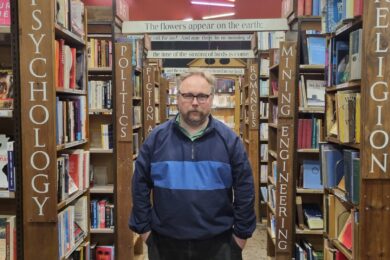It’s the first part of The Apu Trilogyand it focuses around this family in a really unusual, almost walled, place where they live. They have a baby who goes on to be the central thread of the three films and it just focuses around the daily life in this house and the surrounding forest. It’s meandering and slow but totally immersive. There’s an incredible score by Ravi Shankar which pops up at these moments of joy. There’s a scene probably a third of the way through the film where there’s a monsoon, it’s totally incredible, and it’s just so wonderful to see this brother and sister playing in this thick, dark, grey rain. And then Ravi Shankar’s score combined with it. It’s a very impressionistic and painterly kind of depiction of an extremely poor family. Over the films, you’ve been with him from his birth until he’s a man in his early 20s and it’s taken such a long time to get there that you really feel like he is your friend. And that you’ve been variously delighted by, and let down by, him. You really start to feel that, and it could only be achieved with that length. It’s a lovely trilogy.



